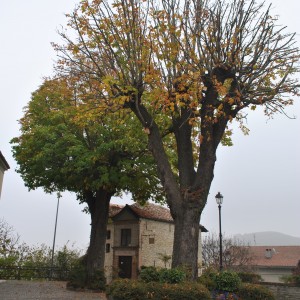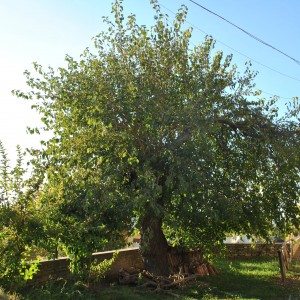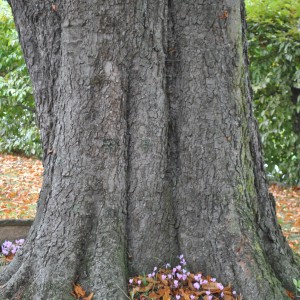The mineralogist of manifold intelligence
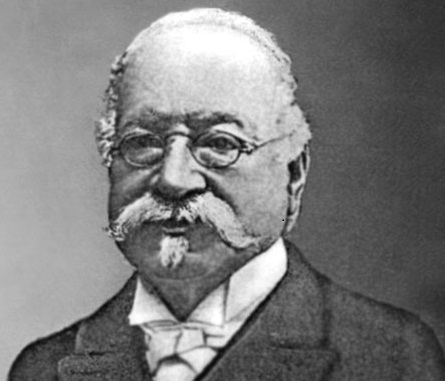
Giovanni Battista Traverso (Genoa, 26 September 1843 – Alba, 1 June 1914) was an Italian mineralogist, palaeontologist and mining engineer.
After graduating from the Engineering School in Turin (the later Politecnico), Traverso specialised at the École des Mines in Paris in 1870. The following year, he returned to Italy and started a career as a mining engineer. He worked in Corse and above all, from the late 1970s, in Sardinia, as director and then general inspector of the Società anonima miniere di Lanusei. In the Sarrabus area, he was most active in silver mining, in particular in the Monte Narba mine (near San Vito), and antimony mining in the Su Suergiu mine (near Villasalto). Over time, he was able to build up a collection of specimens of Sardinian mineralogy, some of which he donated to Quintino Sella and most of which he donated to the Natural History Civic Museum in Genoa.
By virtue of his professional activity, he also dealt with mineralogy, a discipline in which his main printed contribution concerned antimony. His articles in the same field have dealt with mineral discoveries in Algeria and Tunisia, as well as in Sarrabus and, with particular reference to scheelite, in the Su Su Suergiu mine. He has also published several works of an archaeological and palaeontological nature, particularly on artefacts from the Neolithic period, forming a collection that he later donated to the National Prehistoric and Ethnographic Museum in Rome and the Alba Civic Archaeological Museum, due to his correspondence with Luigi Pigorini. In particular, these are artefacts found during the research (including the prehistoric station) that Traverso carried out in the southern part of Alba, which later became an archaeological area, as the mining engineer himself attests in his Stazione Neolitica di Alba (Neolithic Station of Alba), a work published in three volumes between 1898 and 1909.
The traversoite, a variety of chrysocolla discovered in the Arenas mine (near Fluminimaggiore), was dedicated to him in 1924.



